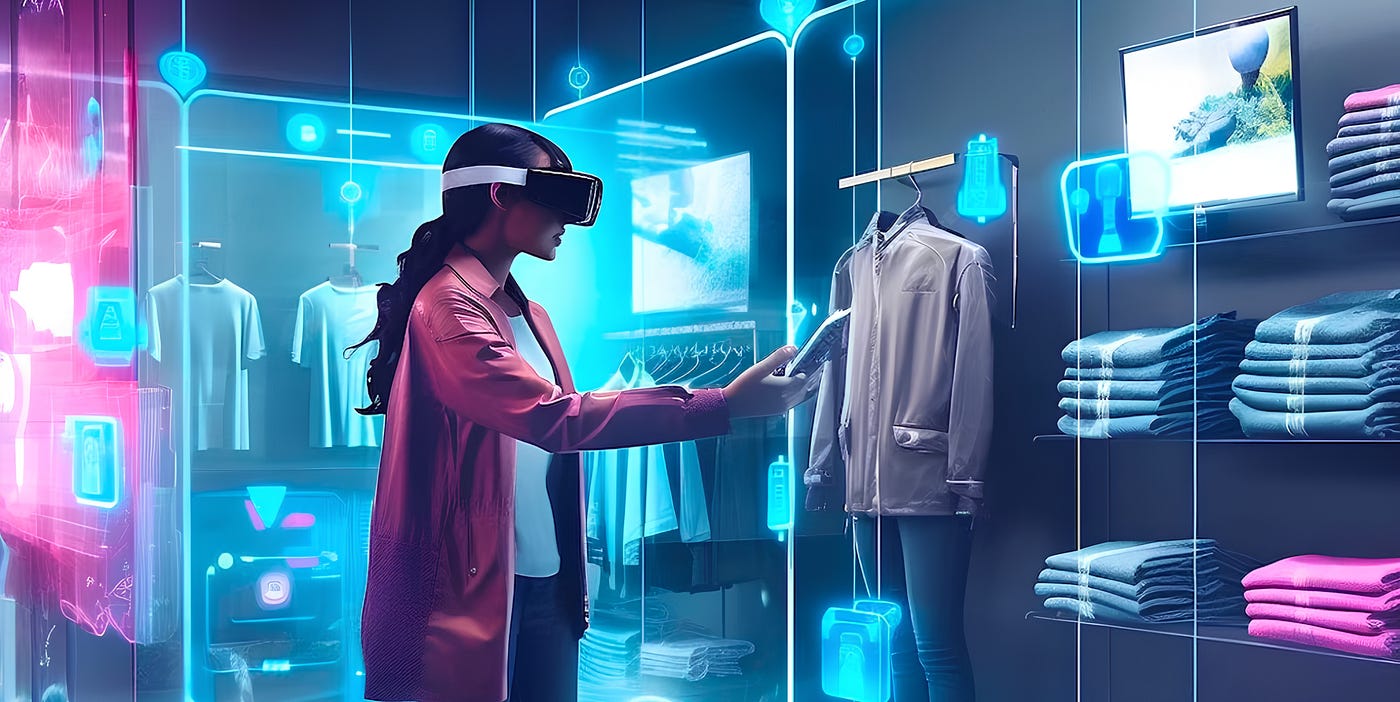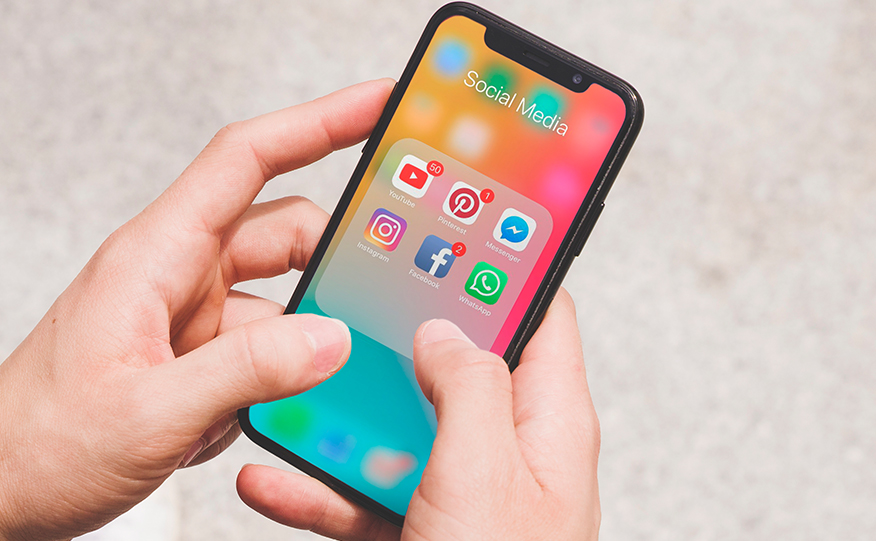Create Seamless Shopping Experience in Mobile Games with Interactive Merchandising
In the rapidly evolving world of mobile gaming, developers continuously seek innovative ways to enhance player engagement and generate revenue. One promising approach is the integration of interactive merchandising within mobile games. This technique not only boosts player involvement but also provides a seamless shopping experience that can significantly benefit both the players and the developers. In this blog, we will explore how creating a seamless shopping experience in mobile games with interactive merchandising can revolutionize the industry. We will also look at examples and strategies employed by leading game studio and gaming companies to illustrate the concept effectively.
Interactive merchandising is the practice of incorporating shopping elements directly into the gameplay, allowing players to purchase items, upgrades, and other in-game content without leaving the game environment. This approach not only makes the shopping experience more convenient for players but also increases the likelihood of purchases, thereby driving revenue for the developers.
Example: Fortnite’s In-Game Store
One of the most successful examples of interactive merchandising in mobile games is Fortnite’s in-game store. Developed by Epic Games, Fortnite has a seamless in-game store where players can purchase skins, emotes, and other cosmetic items using V-Bucks, the game’s virtual currency. The store is integrated into the game interface, allowing players to browse and buy items without disrupting their gaming experience. This model has proven incredibly successful, generating billions in revenue and setting a benchmark for other game studios.
Creating a Seamless Shopping Experience
To create a seamless shopping experience in mobile games with interactive merchandising, developers need to consider several key factors:
- User-Friendly Interface: The shopping interface should be intuitive and easy to navigate. Players should be able to find and purchase items quickly without confusion. This involves designing a clean and straightforward layout with clear categories and search functions.
- Integration with Gameplay: The shopping experience should be integrated into the gameplay in a way that feels natural and enhances the overall game. For example, offering limited-time items as rewards for completing challenges or integrating stores within the game world can make the experience more immersive.
- Personalized Recommendations: Leveraging data analytics to provide personalized recommendations can significantly boost sales. By understanding player preferences and behaviors, game studios can suggest items that are more likely to appeal to individual players, increasing the likelihood of a purchase.
- Secure and Convenient Payment Options: Ensuring that the payment process is secure and offers multiple payment options is crucial. Players should feel confident in the security of their transactions and have the flexibility to pay using their preferred method.
Example: Pokémon GO’s Real-World Shopping Integration
Another noteworthy example is Niantic’s Pokémon GO, which has successfully blended interactive merchandising with real-world shopping experiences. Through partnerships with various retailers, Pokémon GO offers players special discounts and rewards for visiting physical stores. This innovative approach not only drives in-game purchases but also increases foot traffic for partner businesses, creating a win-win situation for both the gaming company and its partners.
Benefits for Developers and Players
The integration of interactive merchandising in mobile games offers numerous benefits for both developers and players. For developers, it provides a steady revenue stream that can fund further game development and updates. For players, it enhances the gaming experience by providing easy access to desirable content and personalized offers.
Moreover, interactive merchandising can foster a sense of community and engagement among players. Exclusive items, limited-time offers, and seasonal events can create excitement and encourage players to log in regularly to see what new items are available.
Future Trends in Interactive Merchandising for Mobile Games
As technology continues to advance and the mobile gaming industry grows, we can expect to see several emerging trends in interactive merchandising that will further enhance the player experience and drive revenue for developers.
- Augmented Reality (AR) Integration: With the rise of AR technology, developers can create even more immersive shopping experiences. Imagine a mobile game where players can view and interact with 3D models of items in their real-world environment before making a purchase. This could significantly enhance the appeal of virtual items and increase sales. Pokémon GO has already dabbled in AR, and future iterations may include AR-based shopping experiences that blur the lines between the virtual and physical worlds.
- Subscription Models and Battle Passes: Subscription models and battle passes have become popular in recent years, offering players exclusive content, rewards, and other perks for a recurring fee. This model not only provides a steady revenue stream for developers but also encourages long-term player engagement. Interactive merchandising within these models can offer unique items and benefits that are only available to subscribers, adding more value to the subscription.
- Blockchain and NFT Integration: The integration of blockchain technology and non-fungible tokens (NFTs) in mobile games is an exciting development. NFTs can offer players unique, verifiable digital assets that can be bought, sold, or traded within the game or on external marketplaces. This can create a new level of ownership and investment in the game, as players can potentially profit from their in-game purchases. Game studios like Axie Infinity have already started exploring this space, and we can expect more gaming companies to follow suit.
- Enhanced Personalization through AI: Artificial intelligence (AI) and machine learning algorithms can provide even deeper personalization for players. By analyzing player behavior and preferences in real-time, AI can offer highly targeted and relevant recommendations. This can lead to increased satisfaction and higher conversion rates, as players are more likely to purchase items that genuinely interest them.
- Social and Community Features: Integrating social and community features into the shopping experience can create a sense of camaraderie and competition among players. Features like leaderboards, gifting systems, and community challenges can incentivize players to make purchases to keep up with friends or achieve higher rankings. Social proof, such as seeing what items friends have purchased or recommended, can also drive sales.
In conclusion, creating a seamless shopping experience in mobile games with interactive merchandising is a powerful strategy that can transform the mobile gaming landscape. By following best practices and learning from successful examples like Fortnite and Pokémon GO, game studios and gaming companies can enhance player engagement, drive revenue, and deliver a more immersive and enjoyable gaming experience. As the industry continues to evolve, the integration of interactive merchandising will likely become a standard feature in mobile games, benefiting both developers and players alike.














Post Comment